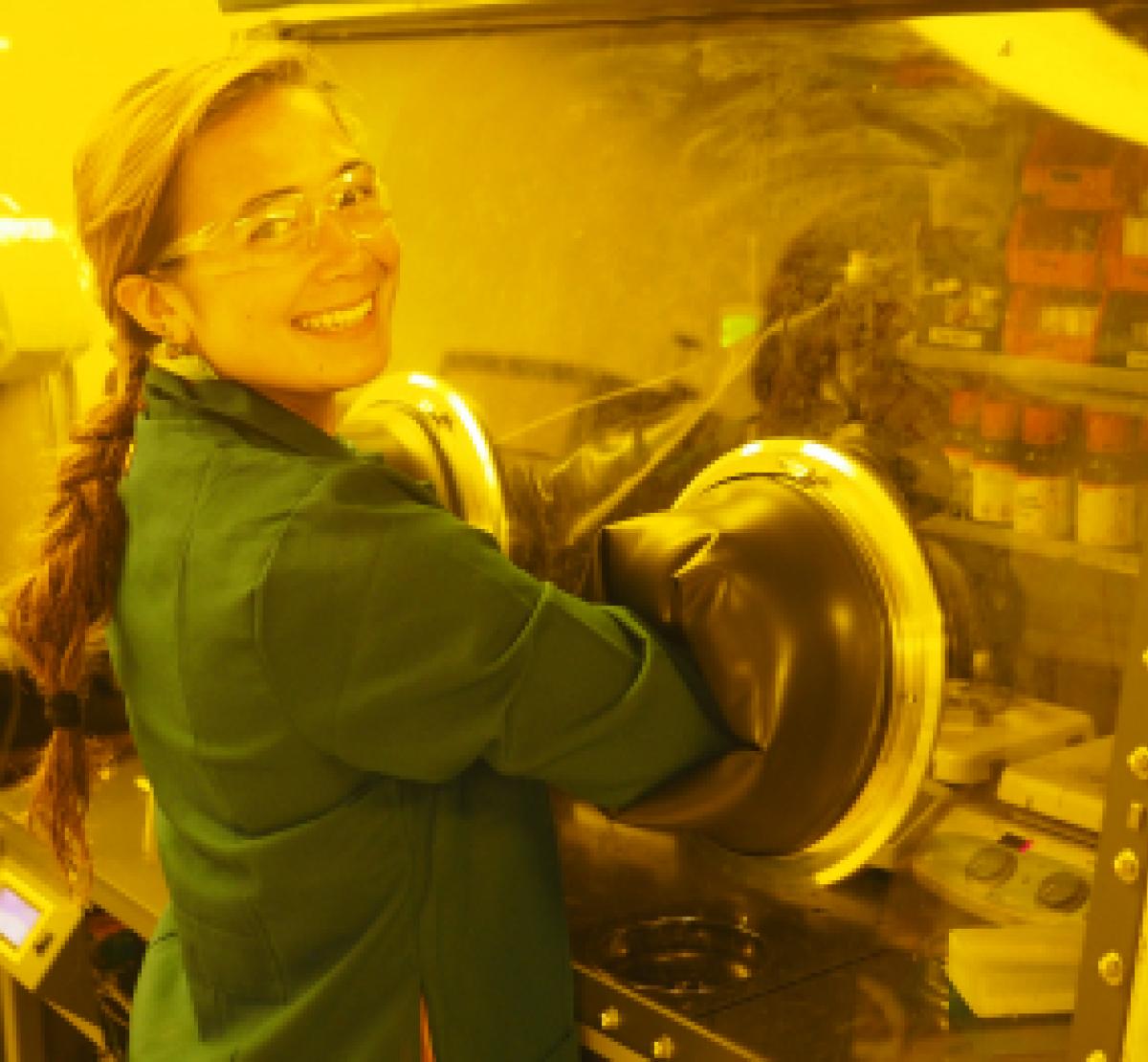Given the pressing need to optimize green and low-cost energy sources on a warming planet, one promising area of research is in semiconductors known as organic photovoltaic devices (OPVs), which generate electricity from sunlight. Research at the Nguyen Lab applies principles of materials science, engineering, physics, and chemistry to fabricate and characterize a variety of these devices, including organic solar cells. In order to optimize OSC performance, various device properties must be measured, including efficiency, stability, and overall cost of production. Specifically, these properties are often studied in the photoactive layer, the light-absorbing part of the OSC containing a small molecule electron acceptor and polymeric electron donor intermixed to facilitate electron transport across the device. My summer project aims to understand the stability of a non-fullerene electron acceptor, COTIC-4F, through UV-Vis spectroscopy, profilometry, and data analysis. These methods are used to determine glass transition temperature (Tg), the temperature at which a polymer breaks down from a glassy state to a rubbery state and thereby affects solar cell conductivity. By taking consistent measurements of the Tg, we can more accurately understand the lifetimes and long-term stability of active layer materials.

Understanding the stability of active layer materials in organic solar cells (OSCs)
Fruit Harvest, Energy Harnessed: Exploring Battery Anatomy
This is a 4-day unit (4x 70-minute classes, 3 nights of homework) on redox chemistry, utilizing both scientific and engineering frameworks through two hands-on laboratory activities. The sequence provided follows the 5E model and includes the lecture content and practice necessary to understand the concepts, three homework assignments including pre-laboratory preparations, and two substantial laboratory write-ups. By the end of this unit, students will achieve a deeper understanding of core content in redox chemistry through the lens of battery anatomy – with sub-topics including but not limited to anodes and cathodes, standard reduction potentials, balancing half-reactions, types of electrochemical cells, conservation of energy and matter in reactions, and applications for batteries, renewable/storable energy practices, and environmental consequences. The unit overall explores batteries through two core concepts: first, the relationship between metals and conductivity, and second, the relationship between electrolytes and conductivity. Concurrently, students will practice the fundamental skill of CER (Claim, Evidence, Reasoning) to understand the phenomena and its salience in the world from both scientific and engineering mindsets.
LINK TO NICOLE'S CURRICULUM PROJECT
Are you using a RET curriculum project in your own classroom?
If so, please take our short SURVEY!